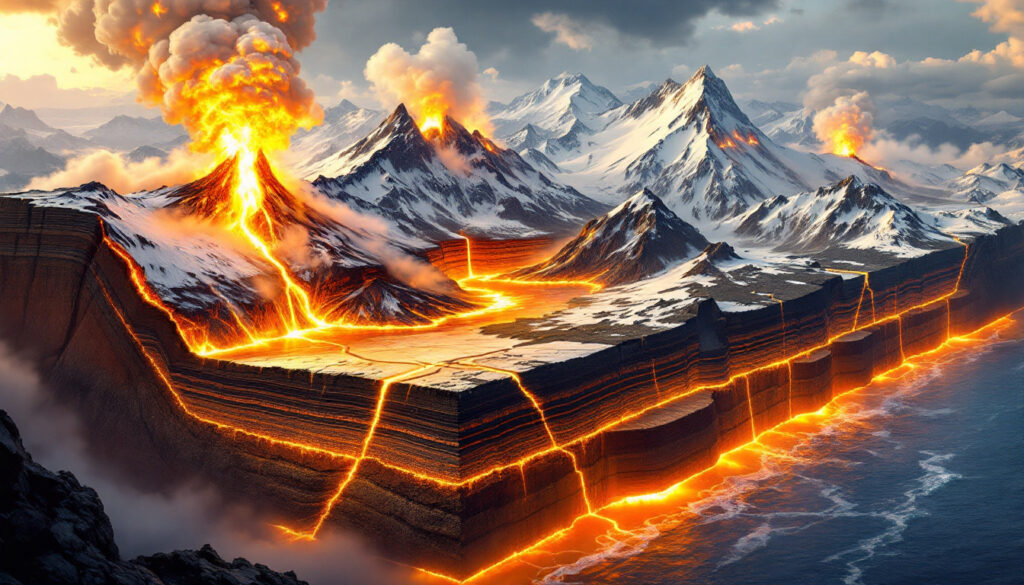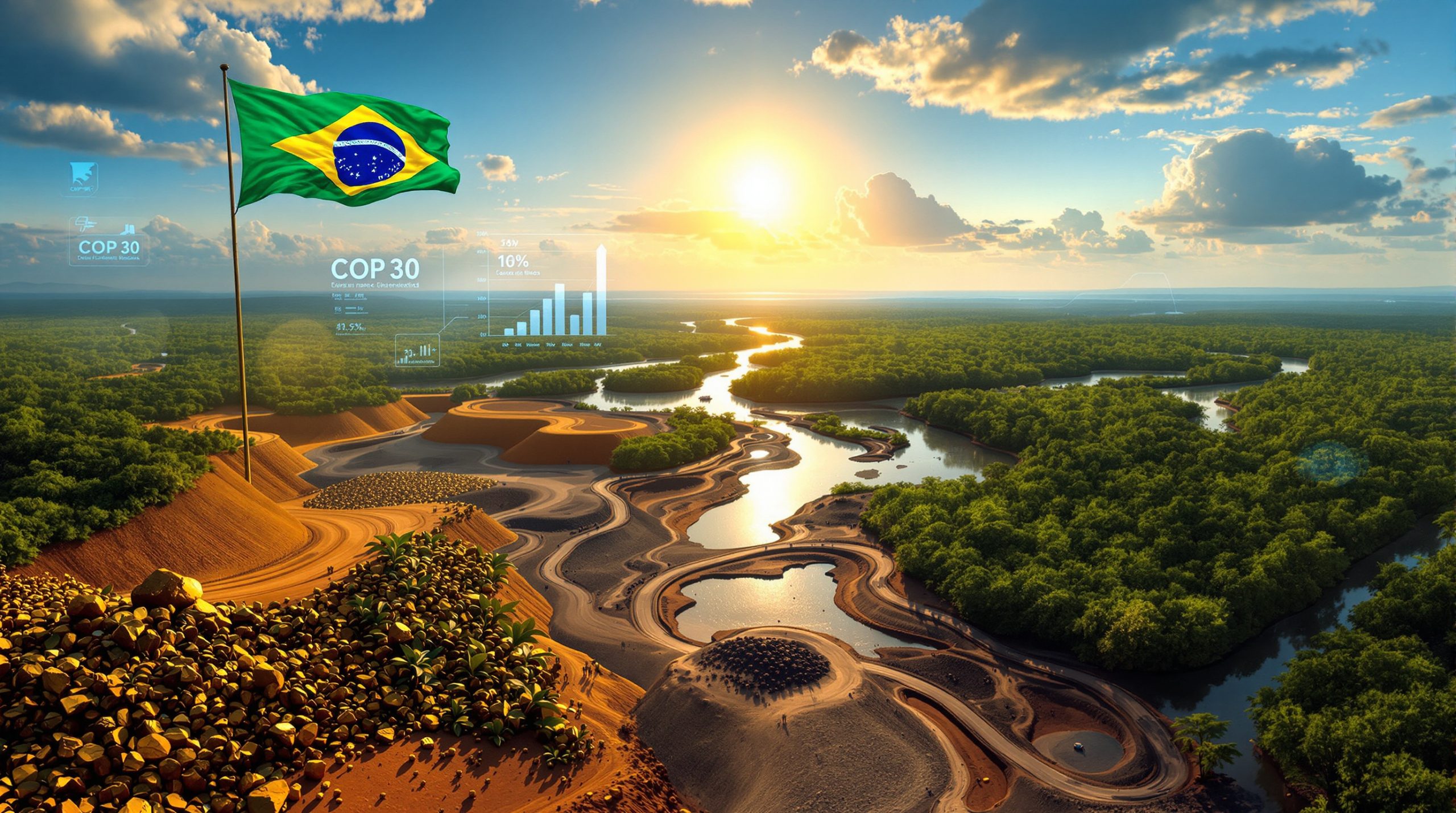Understanding the Cascade Range Formation: The Basic Explanation
The Classic Subduction Zone Model
The Cascade Range formed through the ongoing subduction of the Juan de Fuca oceanic plate beneath the North American continental plate. This process initiates at the Cascadia Trench, located approximately 55 miles offshore, and generates the volcanic arc responsible for peaks like Mount Rainier and Mount St. Helens. The oceanic plate, composed of dense basaltic crust, sinks into the mantle, triggering partial melting that feeds magma chambers beneath the continental crust.
Beyond the Volcanoes
While the stratovolcanoes dominate the skyline, the underlying bedrock—lava flows, granites, and metamorphic complexes—reveals a far older history. For example, Eocene-era magmas (56–34 million years old) in Washington's North Cascades document pre-volcanic crustal extension and strike-slip faulting. These features, now exposed through erosion, provide critical evidence for reconstructing the region's tectonic evolution and understanding the geology of ore deposits throughout the area.
When Did the Cascade Range Actually Begin to Form?
Examining Different Geological Timelines
The Cascades' origins trace back to tectonic reorganizations spanning 200 million years:
-
200–150 million years ago: The breakup of Pangaea converted North America's western margin into an active plate boundary, though early volcanic arcs formed far inland.
-
125–85 million years ago: Subduction beneath western Idaho created an ancient volcanic arc, later displaced northward by terrane accretion.
-
46 million years ago: The accretion of Siletzia—a 30,000 km² oceanic plateau—anchored the modern Cascadia Trench, enabling sustained subduction and arc volcanism.
Why 46 Million Years Ago Marks the True Beginning
Siletzia's collision with North America around 50 million years ago repositioned the continental margin west of present-day Interstate 5. By 46 million years ago, the Cascadia subduction zone stabilized, allowing the continuous generation of arc magmas in their current location. Geophysical models suggest Siletzia's buoyant crust resisted subduction, forcing the oceanic plate to fracture and establishing the trench's geometry.
The Pre-Cascade Geological Drama
200 Million Years Ago: The Breaking of Pangea
As Pangaea fragmented, North America's western edge transitioned from a passive to an active margin. Early subduction zones produced volcanic arcs hundreds of kilometers inland, far east of the modern Cascades. Remnants of these systems, such as the Jurassic-age Blue Mountains terrane in Oregon, now form basement rocks beneath younger deposits.
125–100 Million Years Ago: The Idaho Volcanic Arc
Paleomagnetic and geochemical data identify a volcanic arc in western Idaho during this period, linked to subduction of the Farallon plate. Compression from the Insular Superterrane collision later sheared these rocks into the Western Idaho Shear Zone, a 4-km-wide belt of mylonites stretching into British Columbia.
100–85 Million Years Ago: Collision with the Insular Superterrane
The accretion of the Insular Superterrane (Wrangellia and Alexander terranes) shifted North America's coastline to modern Seattle's latitude. Subsequent northward transport via the Baja BC hypothesis moved arc-related rocks to Alaska and Yukon, as evidenced by paleomagnetic mismatches between Jurassic plutons and their current latitudes.
The Dramatic Tectonic Reorganization
85–55 Million Years Ago: Northward Movement and Crustal Thickening
Two synchronous processes reshaped the Pacific Northwest:
-
Baja BC Translation: Cretaceous-age terrains migrated 1,500 km north along strike-slip faults, evidenced by isotopic mismatches in Alaskan bedrock.
-
Idaho Batholith Formation: Crustal thickening generated 85–65 million-year-old granites, distinct from arc magmas due to their two-mica mineralogy and lack of subduction signatures.
55–46 Million Years Ago: The Great Extension Event
Crustal extension dominated the region, producing:
-
Dike swarms: Over 1,000 basaltic dikes in British Columbia, oriented NW-SE, indicating radial magma intrusion.
-
Metamorphic Core Complexes: Exhumed deep-crustal rocks, such as the Okanogan Dome, reveal rapid unroofing via low-angle detachment faults.
-
Eocene Magmatism: High-temperature rhyolites in Washington's Challis Volcanic Province correlate with global Pacific Plate reorganization.
Why Did the Cascade Range Form When It Did?
The Accretion of Siletzia and Establishment of the Modern Subduction Zone
Siletzia's accretion around 50 million years ago provided the critical load to stabilize the Cascadia Trench. Seismic tomography shows the Farallon slab's remnants beneath Oregon, supporting subduction initiation models. Controversially, Michael Eddy (Purdue University) argues the Kula plate subducted first, citing dextral faults in the North Cascades as evidence of oblique plate motion.
The Debate About Initial Subduction
-
Conventional View (Jeff Tepper): The Farallon plate subducted as the spreading ridge migrated north, creating a continuous arc from 46 million years ago.
-
Alternative View (Michael Eddy): The Kula plate subducted southward before ridge reorganization, explaining near-trench magmatism in southern Oregon.
What Makes the Cascade Range Unique?
A Young and Active Mountain Range
The Cascades are among Earth's youngest active ranges, with stratovolcanoes <1 million years old. Ongoing subduction drives uplift rates of 1–3 mm/year, while Glacier Peak's 13,500-year eruption chronology underscores its volatility. Modern radiometric gamma-ray surveys have helped scientists map the distinctive mineral compositions throughout the range.
A Complex Geological History
Unlike the Rockies or Appalachians, the Cascades formed via terrane accretion, subduction, and extension. The range preserves:
-
Exotic terranes (e.g., Siletzia, Insular Superterrane).
-
Pre-Cretaceous arc remnants displaced to Alaska.
-
Eocene extensional structures overprinted by Miocene volcanism.
The processes that formed the Cascade Range also created conditions for epithermal deposits formation in many areas, making the region of significant interest for mineral exploration insights.
FAQs About Cascade Range Formation
How old are the iconic Cascade volcanoes like Mount Rainier and Mount St. Helens?
Most stratovolcanoes are <500,000 years old. Mount Rainier's edifice began forming ~840,000 years ago, while Mount St. Helens' modern cone is <40,000 years old.
What is the difference between the Cascade volcanic arc and the Cascade Range?
The volcanic arc refers to active volcanoes from subduction, while the broader range includes older basement rocks recording 46 million years of tectonic history.
How does the formation of the Cascades relate to other mountain ranges?
The Cascades formed through subduction, unlike the collision-formed Himalayas or the ancient Appalachians. Their youth (<46 million years) contrasts with the 300-million-year-old Appalachians.
What evidence supports the northward movement of terranes in the "Baja BC" hypothesis?
Paleomagnetic data from Alaska's Alexander Terrane show it formed 2,000 km south of its current position. Comparable Jurassic pluton ages in Mexico and Yukon further support large-scale translation. This complex tectonic history has created conditions for various ore deposits, including those similar to Carlin gold deposits insights found in other regions.
Will the Cascade Range continue to grow and change?
Yes, until the Juan de Fuca plate is fully consumed. Current convergence rates (~4 cm/year) suggest subduction will cease in ~15 million years, ending volcanism.
Want to Profit from the Next Major Mineral Discovery?
Discovery Alert's proprietary Discovery IQ model provides immediate, real-time alerts when significant ASX mineral discoveries are announced, transforming complex geological data into actionable investment opportunities. Explore historic examples of exceptional returns from major discoveries by visiting the Discovery Alert discoveries page and position yourself ahead of the market with a 30-day free trial.




